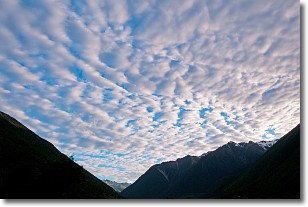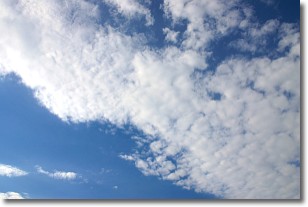Weather Alert in Texas
Flood Warning issued July 4 at 8:10PM CDT until July 6 at 12:56AM CDT by NWS Austin/San Antonio TX
AREAS AFFECTED: Comal, TX
DESCRIPTION: ...The Flood Warning continues for the following rivers in Texas... Guadalupe River Near Spring Branch affecting Comal County. * WHAT...Moderate flooding is forecast. * WHERE...Guadalupe River near Spring Branch. * WHEN...From late tonight to early Sunday morning. * IMPACTS...At 36.0 feet, Moderate lowland flooding reaches secondary roads and low bridges in the flood plain. Recreationists should evacuate the river banks because of dangerous turbulent flow. Low sections of Guadalupe River State Park have tables, trash cans, and equiment damaged. Lowest homes in Kendall County to Canyon Lake flood. * ADDITIONAL DETAILS... - At 7:00 PM CDT Friday the stage was 1.7 feet. - Bankfull stage is 25.0 feet. - Forecast...The river is expected to rise above flood stage just after midnight tonight to a crest of 38.4 feet late tonight. It will then fall below flood stage early tomorrow afternoon. - Flood stage is 30.0 feet. - Flood History...This crest compares to a previous crest of 38.0 feet on 12/21/1991. - http://www.weather.gov/safety/flood
INSTRUCTION: Be especially cautious at night when it is harder to recognize the dangers of flooding. To escape rising water, take the shortest path to higher ground. Turn around, don't drown when encountering flooded roads. Most flood deaths occur in vehicles. Caution is urged when walking near riverbanks. Even 6 inches of fast-moving flood water can knock you off your feet and a depth of 2 feet will float your car. Never try to walk, swim, or drive through such swift water. If you come upon flood waters, stop, turn around and go another way. Additional information is available at www.weather.gov. The next statement will be issued Saturday afternoon by 215 PM CDT.
Want more detail? Get the Complete 7 Day and Night Detailed Forecast!
Current U.S. National Radar--Current
The Current National Weather Radar is shown below with a UTC Time (subtract 5 hours from UTC to get Eastern Time).

National Weather Forecast--Current
The Current National Weather Forecast and National Weather Map are shown below.

National Weather Forecast for Tomorrow
Tomorrow National Weather Forecast and Tomorrow National Weather Map are show below.

North America Water Vapor (Moisture)
This map shows recent moisture content over North America. Bright and colored areas show high moisture (ie, clouds); brown indicates very little moisture present; black indicates no moisture.

Weather Topic: What are Stratus Clouds?
Home - Education - Cloud Types - Stratus Clouds
 Next Topic: Wall Clouds
Next Topic: Wall Clouds
Stratus clouds are similar to altostratus clouds, but form at a
lower altitude and are identified by their fog-like appearance, lacking the
distinguishing features of most clouds.
Stratus clouds are wider than most clouds, and their base has a smooth, uniform
look which is lighter in color than a nimbostratus cloud.
The presence of a stratus cloud indicates the possibility of minor precipitation,
such as drizzle, but heavier precipitation does not typically arrive in the form
of a stratus cloud.
Next Topic: Wall Clouds
Weather Topic: What are Altocumulus Clouds?
Home - Education - Cloud Types - Altocumulus Clouds
 Next Topic: Altostratus Clouds
Next Topic: Altostratus Clouds
Similar to cirrocumulus clouds, altocumulus clouds are
characterized by cloud patches. They are distinguished by larger cloudlets
than cirrocumulus clouds but are still smaller than stratocumulus clouds.
Altocumulus clouds most commonly form in middle altitudes (between 2 and 5 km)
and may resemble, at times, the shape of a flying saucer.
These uncommon formations, called altocumulus lenticularis, are created by uplift
in the atmosphere and are most often seen in close proximity to mountains.
Next Topic: Altostratus Clouds
Current conditions powered by WeatherAPI.com




